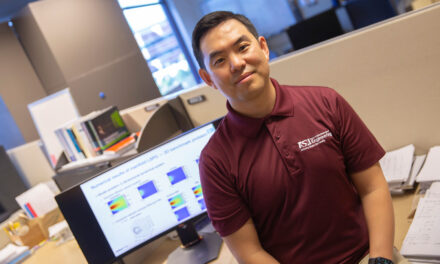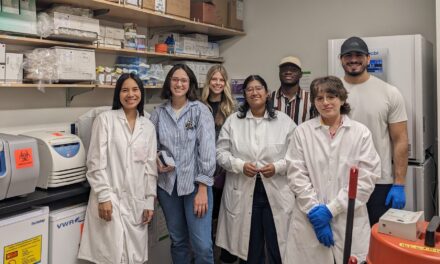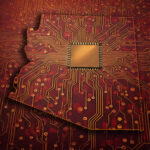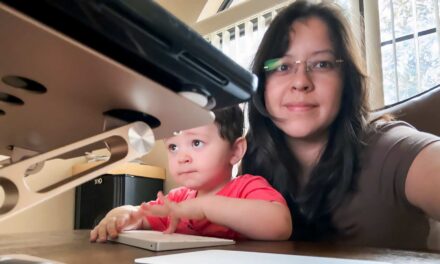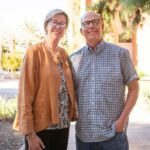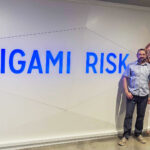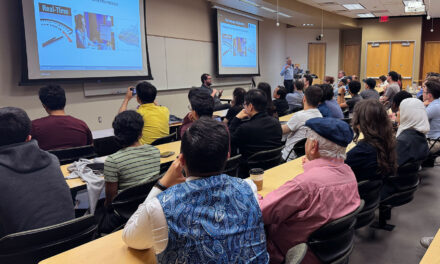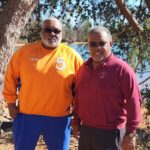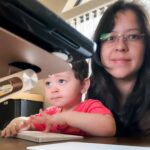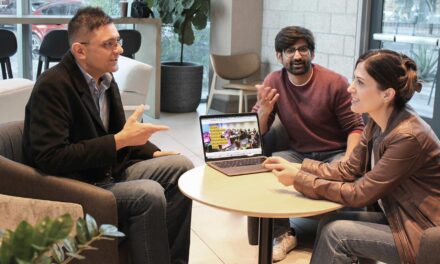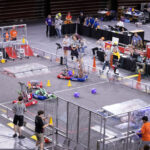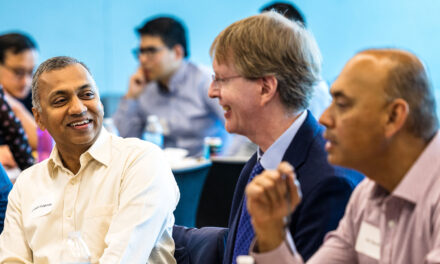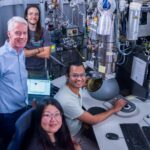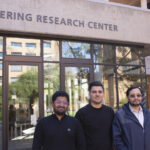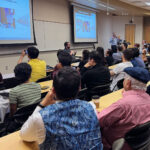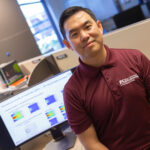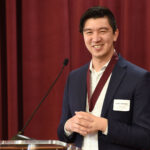
Meet student researchers impacting data science and manufacturing

This article is the first in a two-part series highlighting student researchers and faculty mentors presenting at the Fall 2022 FURI Symposium on Friday, Nov. 18. Read part two. Learn more about the symposium.
Displaying data from Mars in virtual reality, using machine learning and computer vision to analyze traffic speeds, brain-inspired computing and using Japanese paper-cutting techniques to improve manufacturing are just some of the ways Arizona State University students are engaging in creative problem-solving through hands-on research.
Students in the Ira A. Fulton Schools of Engineering at ASU have a variety of opportunities to apply their classroom knowledge in diverse research pursuits. Their work is making a difference in their communities by addressing real-world challenges in data science, education, energy, health, security and sustainability.
The Fulton Undergraduate Research Initiative, or FURI, and the Master’s Opportunity for Research in Engineering, or MORE, programs give students valuable experiences in which they spend a semester conceptualizing an idea, developing a plan and investigating their research question with a faculty mentor.
Students in the Grand Challenges Scholars Program, or GCSP, have the option of conducting research as part of the program’s rigorous competency requirements that uniquely prepare them to solve complex global societal challenges.
Through these three programs, students enhance their ability to innovate, think independently and solve problems in their communities. The technical and soft skills they gain support their career and pursuits of advanced degrees.
Twice per year, students who participate in FURI, MORE and GCSP are invited to present their research findings at the FURI Symposium.
Learn about four Fulton Schools students participating in the Fall 2022 FURI Symposium. Meet them and more than 60 other student investigators at the event, which is open to the public, on Friday, Nov. 18, 1–3 p.m. at the Sun Devil Fitness Complex on the ASU Tempe campus.
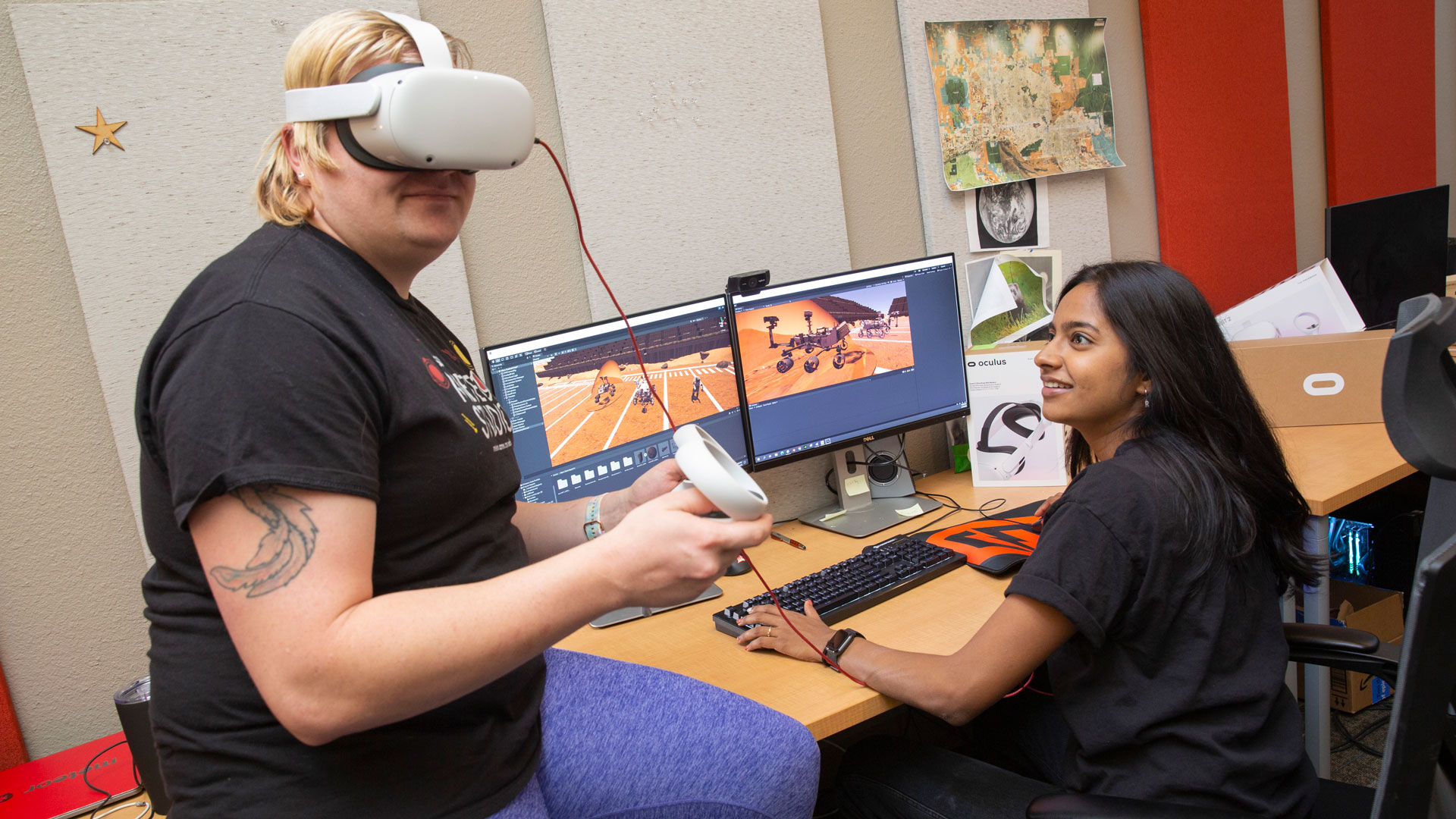
Radhika Ganapathy pictured at right. Photographer: Erika Gronek/ASU
Radhika Ganapathy
Computer science graduate student Radhika Ganapathy is building a pipeline for Mars image data to be processed and viewed in extended reality applications like virtual reality. Images taken by Mars rovers are not viewable in their original format, so Ganapathy is working with Robert LiKamWa, an associate professor of electrical engineering in the Fulton Schools with a dual appointment in the ASU School of Arts, Media and Engineering, and LiKamWa’s Meteor Studio extended reality research lab to create a new open-source tool to view Mars rover images for a variety of applications.
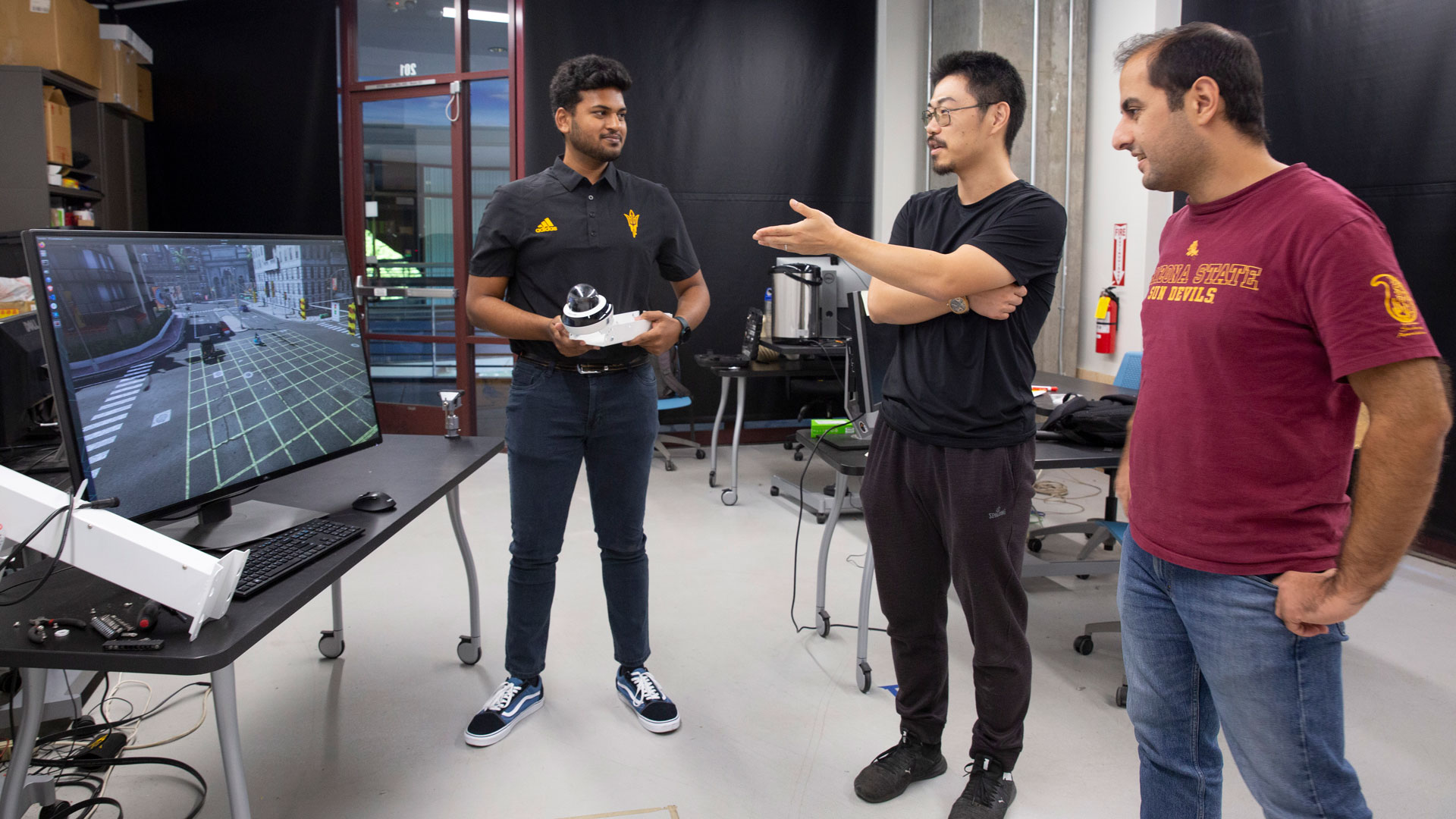
Manthan Chelenahalli Satish pictured at left. Photographer: Erika Gronek/ASU
Manthan Chelenahalli Satish
Robotics and autonomous systems graduate student Manthan Chelenahalli Satish is conducting research in the MORE program to use traffic cameras to estimate vehicle speed in a 3D perspective for increased accuracy when analyzing traffic patterns. He is working with Yezhou “YZ” Yang, an associate professor of computer science and engineering, whose research expertise is in computer vision, natural language processing and artificial intelligence reasoning for the purpose of robotic visual learning.

Photographer: Erika Gronek/ASU
Sritharini Radhakrishnan
Electrical engineering senior Sritharini Radhakrishnan is working to improve brain-inspired, or neuromorphic, computing through her FURI project with Ivan Sanchez Esqueda, an assistant professor of electrical engineering. Her work focuses on testing a certain type of memristor, a new type of electric circuit component that retains memory even without power.
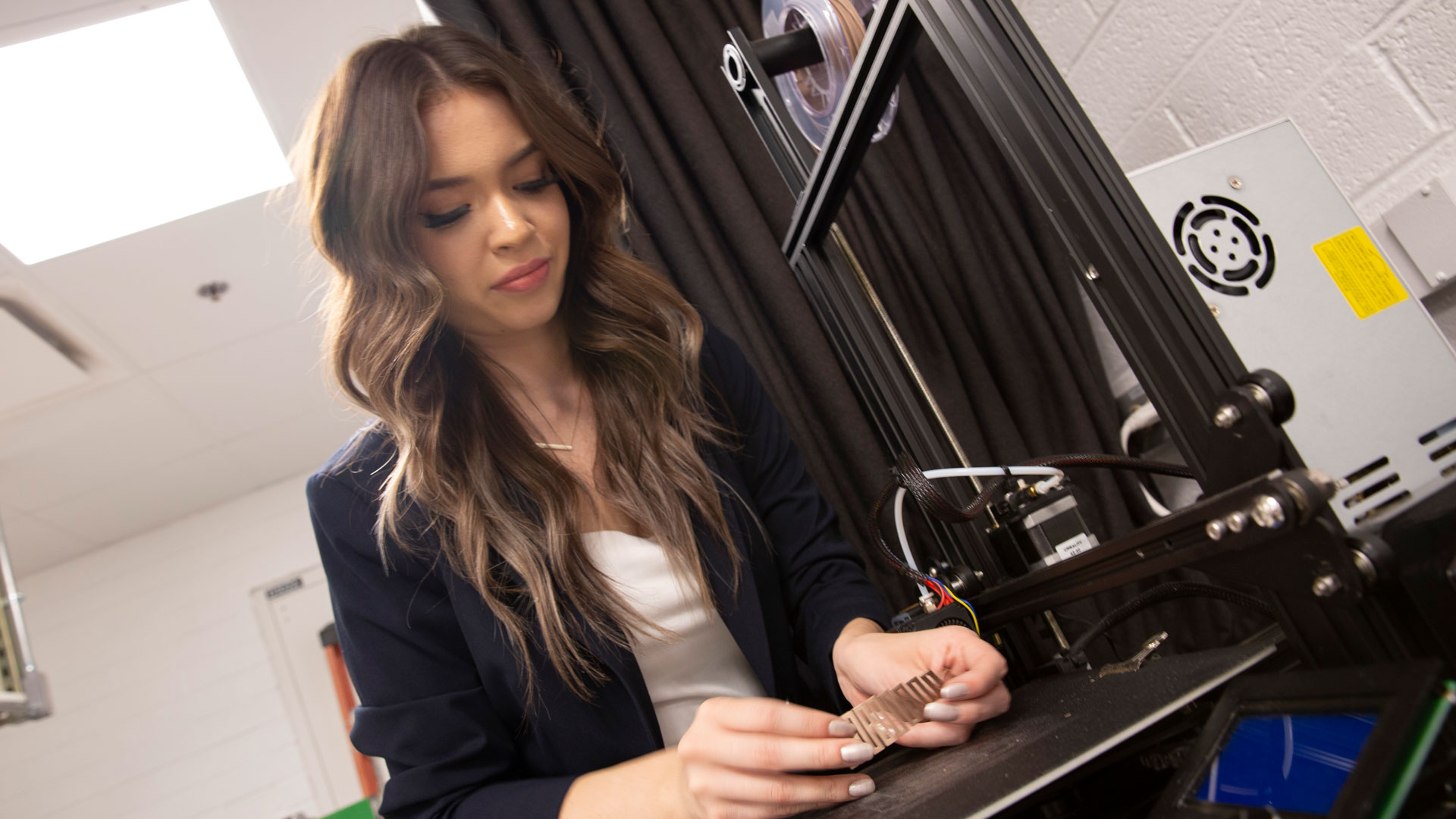
Photographer: Erika Gronek/ASU
Katherine Alcazar
Katherine Alcazar is a mechanical engineering junior in the FURI program investigating a new manufacturing method with her faculty advisor Qiong Nian, an assistant professor of mechanical and aerospace engineering. She is exploring how the properties of “kirigami” — a Japanese art technique of folding and cutting paper — can improve the fields of manufacturing and energy.


